Who age faster Men or Women ?
|
Authored by: Shagun Azad Reviewed by: Dr Shashank Malik |
| Estimated Reading Time: 10 minutes |
Examining the Science Underpinning the Disparities
The natural process of aging impacts everyone, but men and women are impacted in various ways. Contrary to popular belief, which maintains that males age more slowly than women, the truth is more complex and depends on a variety of biological, psychological, and environmental factors.

This article explores the science of aging in both men and women, examining why it is commonly believed that women age more quickly and how this belief compares or contrasts with actual aging.
Table of Contents:
|
Can aging be measured?
Aging is a natural process and doesn't have a clear measurement. But there are signs of aging that could be visible seen or observed. While the rate and way people age can vary greatly, there are several common signs of aging that manifest both physically and mentally.
- Physical Signs of Aging
One of the most noticeable signs of aging is wrinkles. As we age, the skin loses its elasticity due to the reduction in collagen and elastin production, leading to the formation of fine lines and wrinkles, especially around the eyes, mouth, and forehead. Sagging skin is also common, often seen around the cheeks, jawline, and neck.
Another physical sign of aging is the graying of hair. This occurs as the pigment cells in our hair follicles gradually die, leading to the loss of melanin, the substance responsible for hair color. Along with graying, hair thinning or hair loss is also common, particularly in men.
Joint stiffness and decreased mobility are also prevalent as people age. The wear and tear on joints over time can lead to conditions like osteoarthritis, making movement more painful and less fluid. Additionally, bone density decreases with age, making bones more fragile and increasing the risk of fractures.
Changes in vision and hearing are also significant indicators of aging. Many people experience presbyopia, a condition where the eyes' lenses become less flexible, making it harder to focus on close objects. Hearing loss, particularly in high frequencies, is also common due to the gradual damage to the hair cells in the inner ear.
Internally, aging can lead to slower metabolism and changes in body composition. Older adults may find it more challenging to maintain muscle mass and may accumulate more body fat, particularly around the abdomen. The immune system also becomes less effective, making older individuals more susceptible to infections and illnesses.
- Mental and Cognitive Signs of Aging
Aging can also affect the mind. Memory decline is one of the most well-known cognitive signs of aging. While occasional forgetfulness is normal, significant memory loss could be a sign of more serious conditions like dementia or Alzheimer’s disease. Slower cognitive processing is another sign, where older adults may take longer to learn new things or solve problems.

Changes in sleep patterns are also common, with many older adults experiencing difficulty falling asleep or staying asleep, leading to fatigue and decreased daytime functioning.
For purpose of this article, we will focus on Physical Signs of aging.
Comprehending Aging: A Biomedical Approach
Aging is a complex process that includes changes in appearance, a slow reduction in body functions, and a higher chance of developing certain health problems. Genetics, alterations in hormone levels, way of life, and exposure to the environment all have an impact. It's important to look closely at these aspects in order to understand why women may appear to age more quickly than men.
1. Hormonal Disparities: The Functions of Testosterone and Estrogen
Hormonal differences are one of the most important elements determining aging in men and women. Between the ages of 45 and 55, women usually go through menopause, which is characterized by a rapid drop in estrogen levels. The maintenance of bone density, cardiovascular health, and skin elasticity are all significantly influenced by estrogen. Menopause's abrupt decrease in estrogen speeds up the aging process, resulting in more obvious aging symptoms like wrinkles, drooping skin, and thinning hair.
In contrast, testosterone levels in men begin to decrease around the age of thirty gradually. Although testosterone has an impact on muscle mass and skin elasticity as well, its slow decrease implies that men's aging may not be as noticeable as women's. One of the main causes of the perception that women age more quickly than men, especially during the menopausal transition, is this hormonal difference.

2. Genetic Factors: The Role of Telomeres and DNA
Aging is largely influenced by genetics. Telomere length, the length of the protective caps at the ends of chromosomes, is frequently employed as an aging indicator. Telomeres shorten during cell division; when they get too short, the cell loses its ability to divide, which causes aging and ultimately results in cell death. Women often have longer telomeres than men, according to studies, which may indicate a slower rate of aging. This benefit could be countered, though, by the effects of menopause and estrogen deficiency, which increases a woman's vulnerability to age-related illnesses and outward symptoms of aging.
One of the most important aspects of understanding how women age differently from men is the intricate interaction between hormones and genetics.
3. Variations in the Structure and Composition of the Skin
One of the most obvious indicators of aging is changes in skin tone, which varies greatly in men and women. Compared to men's skin, women's skin is typically thinner and has lower levels of elastin and collagen. Wrinkles and sagging are caused by the loss of collagen and elastin, two proteins that give the skin its structure and flexibility.
Women's skin ages more quickly during menopause due to a sharp decrease in collagen formation brought on by the lack of estrogen. Men's skin tends to seem younger for longer since it is thicker and contains more collagen. But because of their thicker skin and stronger facial muscles, men are more likely to have deeper creases.
4. Lifestyle Factors: The Effects of Diet, Sun Exposure, and Stress
Biological processes mostly cause aging, but lifestyle decisions can have a big influence. A person's diet, exercise routine, stress level, and exposure to the sun can all hasten the aging process.

Because of the challenges of balancing employment, family duties, and societal expectations, women are frequently more affected by stress. Prolonged stress can cause the release of cortisol, a hormone that damages skin collagen and raises inflammation to hasten the aging process. In addition, women are more prone to participate in excessive weight reduction and dieting, which can cause nutrient deficiencies and hasten the aging process. One more important component in the aging of the skin is sun exposure. In addition to using sun protection products more frequently, women are increasingly focused on getting tanned, which increases the risk of photoaging and excessive sun exposure. On the other hand, because of their thicker skin, men may not exhibit the same degree of sun-induced aging as women, even though they may completely disregard sun protection, increasing their chance of developing skin cancer.
5. Psychological and Societal Aspects: The Sense of Aging
The way that aging is perceived is greatly impacted by psychological and social factors. Women are more focused on keeping a young appearance as they get older since they are frequently assessed more harshly for it. Because women are more prone to take anti-ageing medications, have cosmetic procedures done, and adopt other practices meant to preserve their young appearance, there is a perception in society that women age more quickly than males. Contrarily, men are frequently perceived as growing more distinguished and alluring with age, especially if they continue to be physically fit and in good health. The illusion that women age more quickly may stem from this variation in perception, despite the fact that both genders experience a similar physiological aging process.
6. Health Aspects: Challenges Associated with Gender-Specific Aging
Men and women experience various obstacles as they age, and health plays a vital role in the aging process. Because women lose estrogen after menopause, they are more likely to develop osteoporosis, a disorder marked by weak and brittle bones. This raises the possibility of fractures and adds to the appearance of aging in general. Conversely, men are more likely than women to have a reduction in testosterone as they age, which can contribute to cardiovascular illnesses. They may, however, appear to age more slowly than women since they do not exhibit the same outward symptoms.

7. Lifespan: Who Is More Elongated?
Despite the common belief that women age more quickly than men, they also often live longer. Globally, women are generally seen to outlive men for several years.
Hormonal variations, lifestyle decisions, and heredity are some of the explanations for this problem. Women may age more quickly in terms of looks, especially during and after menopause. Still, given their generally longer lifespan, women may be better adapted to deal with the biological obstacles of aging. Men may age more slowly, but they are more likely to develop serious illnesses that could shorten their lives.
Age could just be a number
Calendar age and biological age are two concepts used to measure aging, but they refer to different aspects of the aging process.
Calendar age is the chronological age of a person, calculated from the day they were born. It is a straightforward measurement that increases steadily with time and is used universally to determine milestones like legal adulthood, retirement, and eligibility for certain services. Calendar age is simply the number of years a person has lived.
On the other hand, biological age refers to how old a person seems biologically, based on various physiological indicators rather than the actual number of years they have lived. Biological age can be influenced by factors like genetics, lifestyle choices (such as diet, exercise, and smoking), environmental exposure, and stress levels. For example, someone who leads a healthy lifestyle might have a biological age younger than their calendar age, indicating that their body is aging more slowly. Conversely, someone with unhealthy habits might have a biological age that is older than their calendar age.
In summary, while calendar age is a fixed measurement of time, biological age is a more dynamic and personalized reflection of how a person's body is aging
Result: A Complicated Interaction of Elements
In conclusion, it is not clear-cut whether men or women age more quickly. Although women may seem to age more quickly because of the sudden changes in hormones that occur after menopause and the obvious symptoms of skin aging, aging is actually regulated by a complex interaction of biological, genetic, lifestyle, and social variables. Women may age more visibly, especially in terms of skin appearance, but they also often live longer and take greater initiative in maintaining their health. Men may age more slowly in terms of looks, but they also confront unique health issues that may shorten their life expectancy. In the end, growing older is a very personal process that differs from person to person. Although gender has a big impact, other things affect how we age as well, like genetics, lifestyle decisions, and social influences. Both men and women can age gracefully and preserve their health and well-being throughout their lives by making informed decisions with an understanding of these aspects.
References:
World Health Organization. (1997). Epidemiology of ageing. WHO. https://iris.who.int/bitstream/handle/10665/330618/WH-1997-Jul-Aug-p8-9-eng.pdf
Related Articles:
1. Anti aging facial yoga exercise you can do at home.
2. Why do Men’s skin age better than Women? Anti-Aging Skincare
3. Anti-Aging Herbs for Face: 10 Ayurvedic Herbs to make your skin look younger and radiant
Recommended Products by Blue Nectar:
Women's Anti Aging Face Cream with Saffron & Sandalwood (14 Herbs, 50g)
Kumkumadi 24K Gold Face Serum for Advanced Skin Repair and Firming (24 herbs)
Women's Shata Dhauta Ghrita Face Cream for Skin Glow & Firming(19 herbs, 50g)


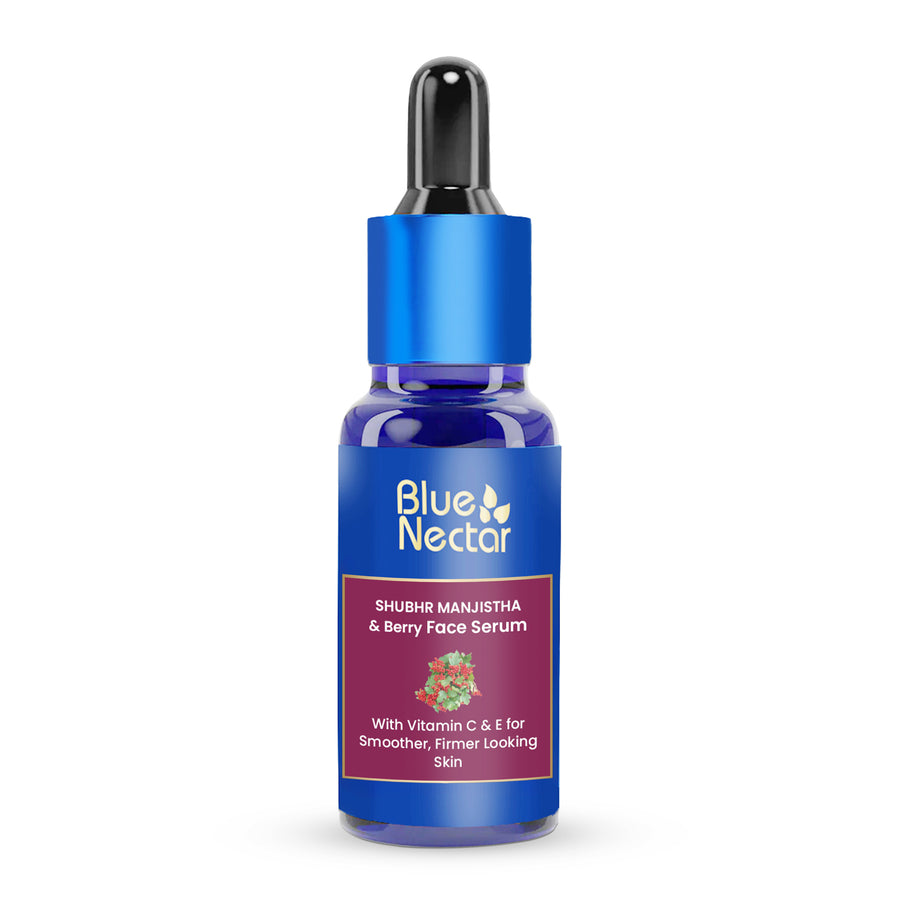
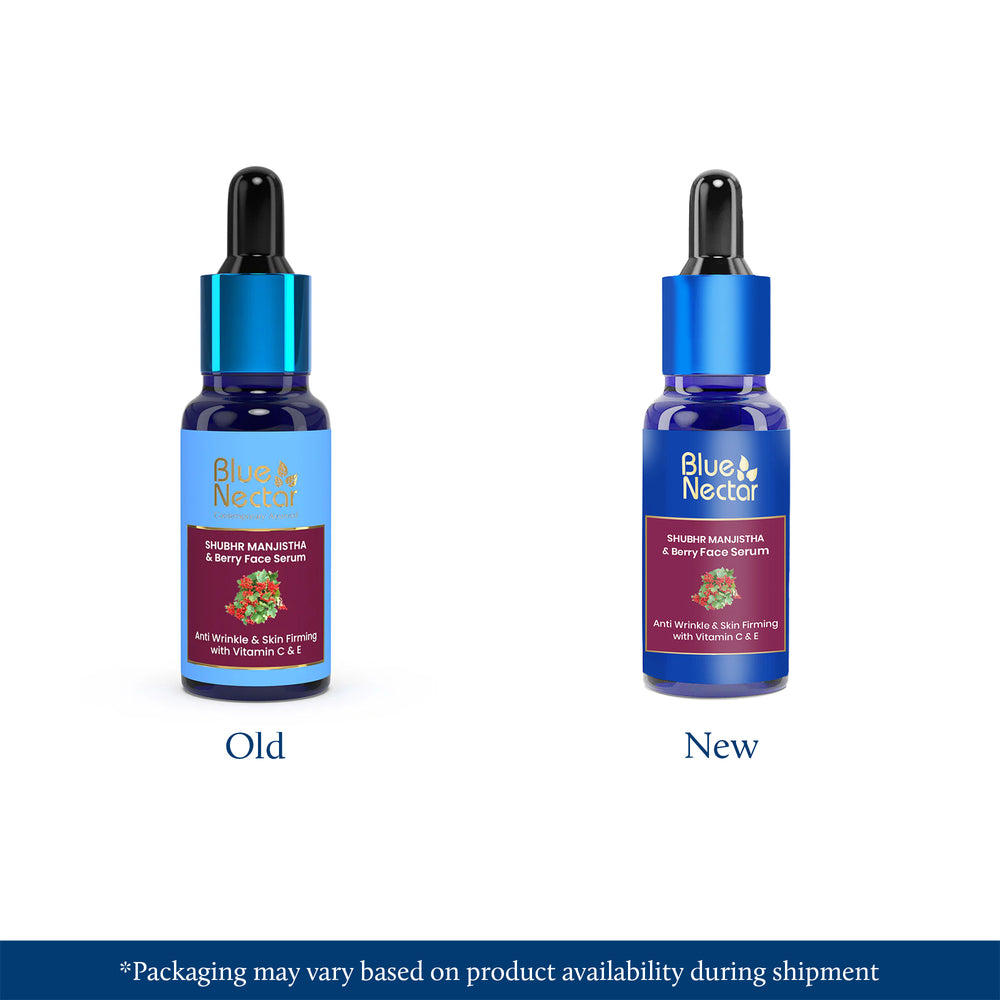

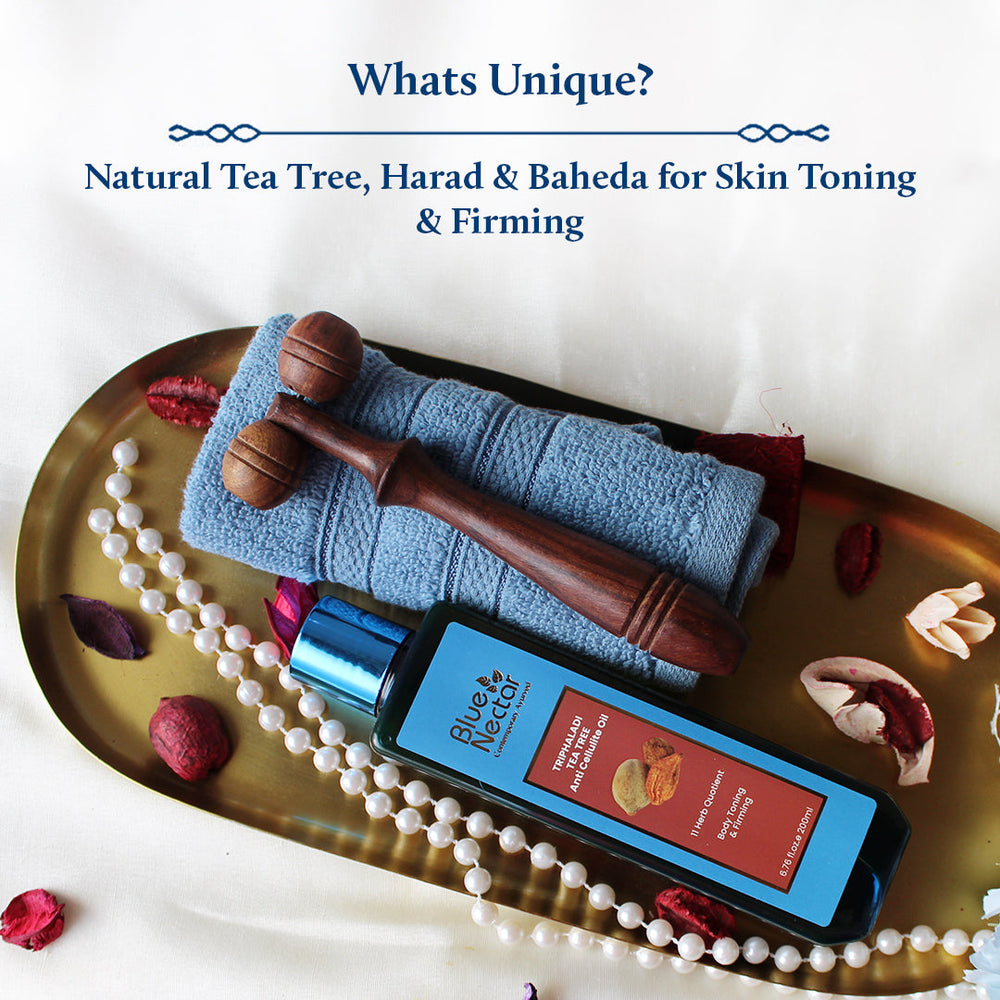

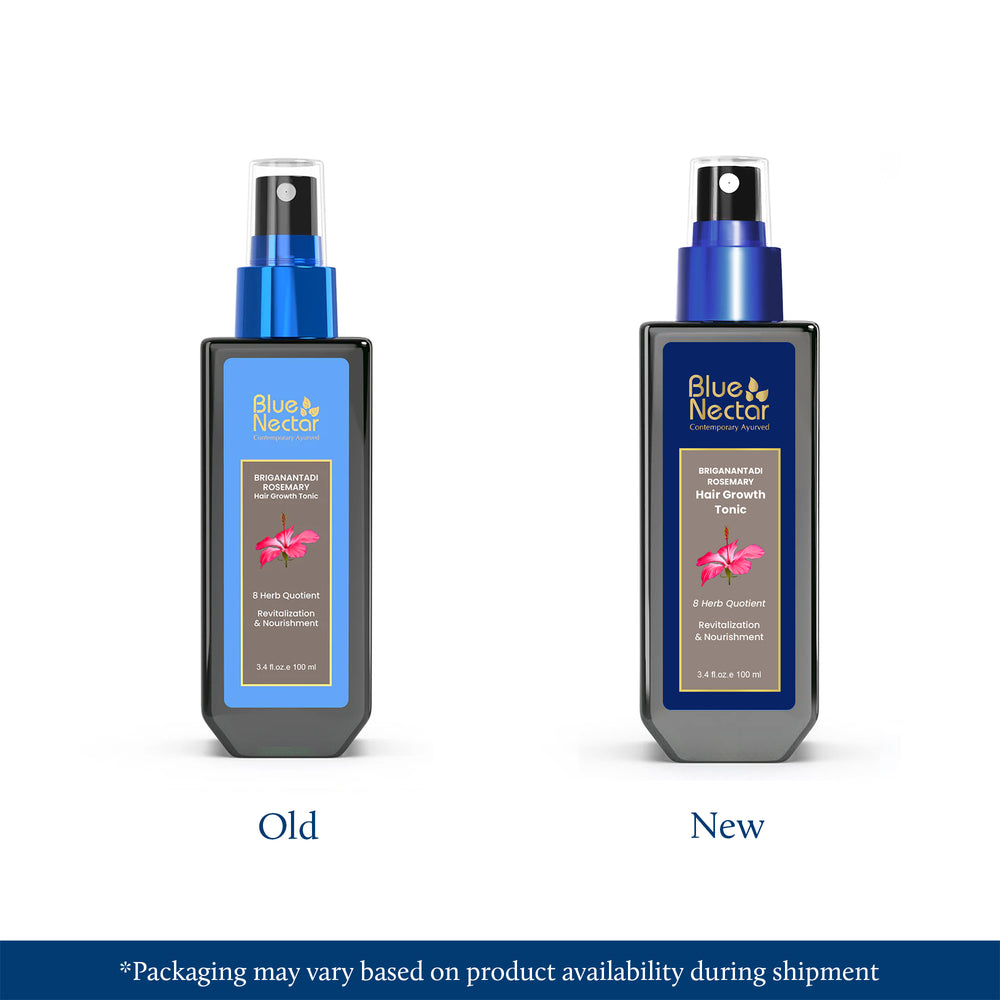
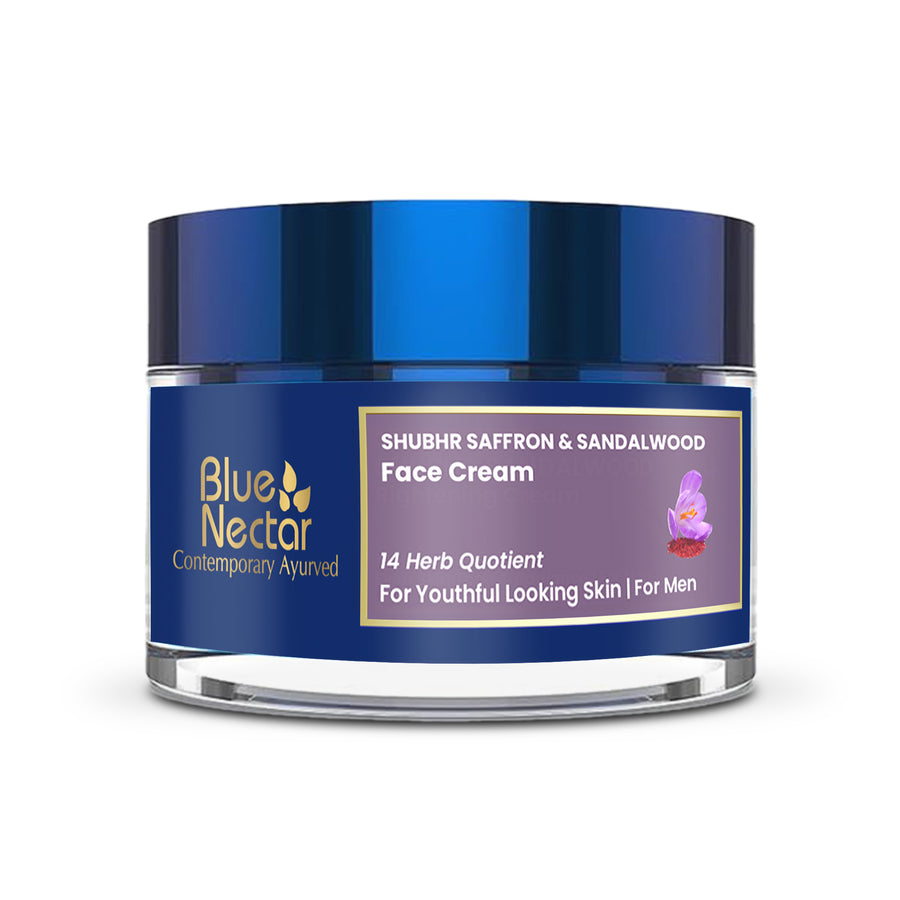
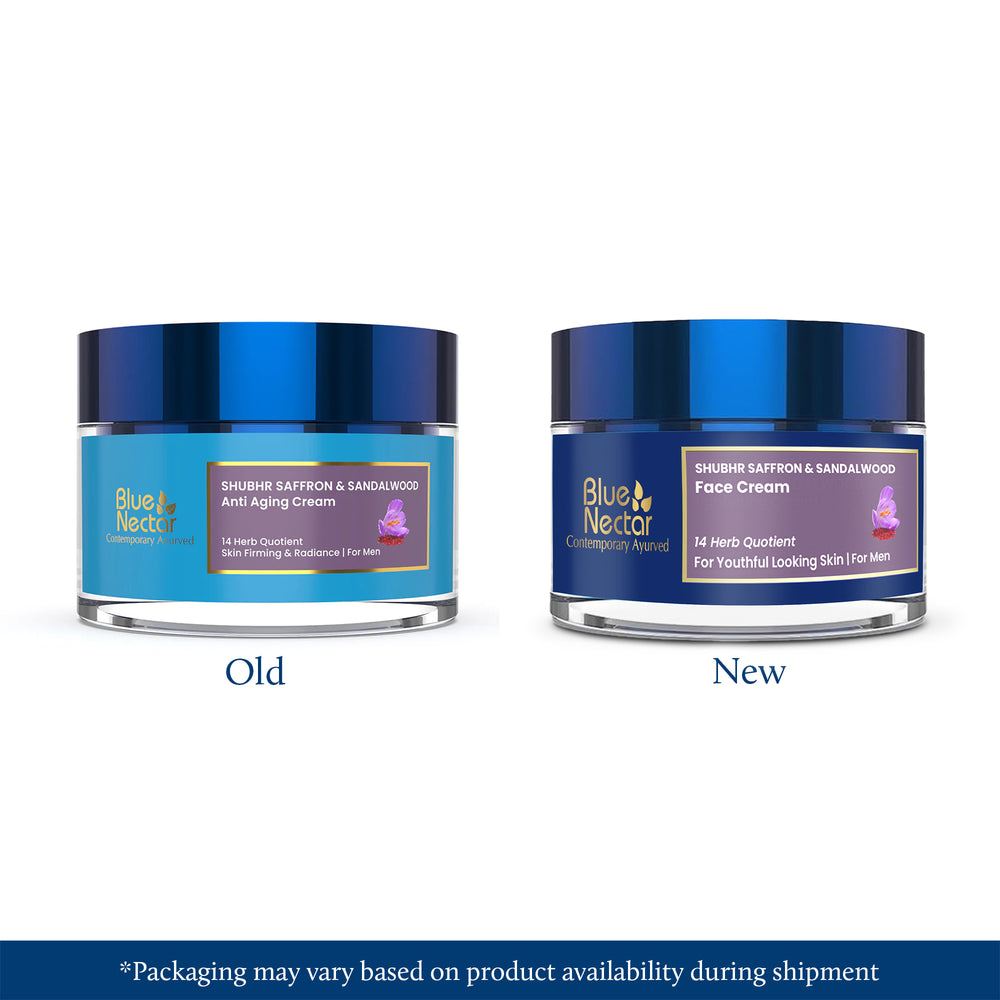
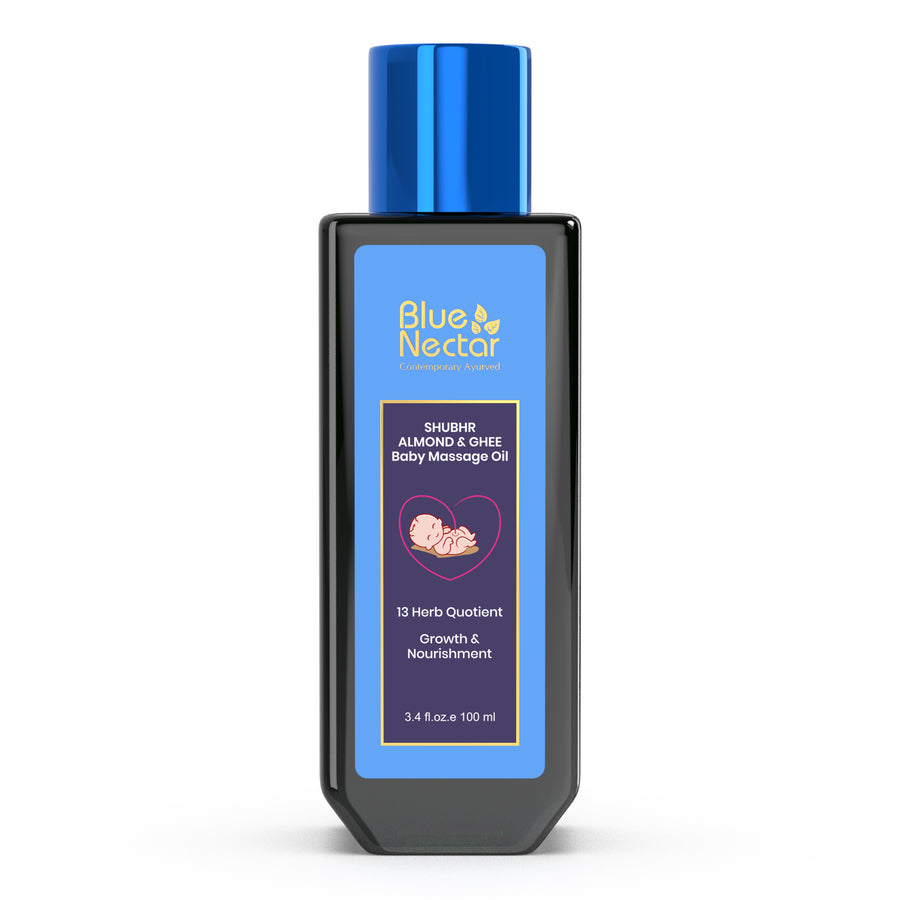
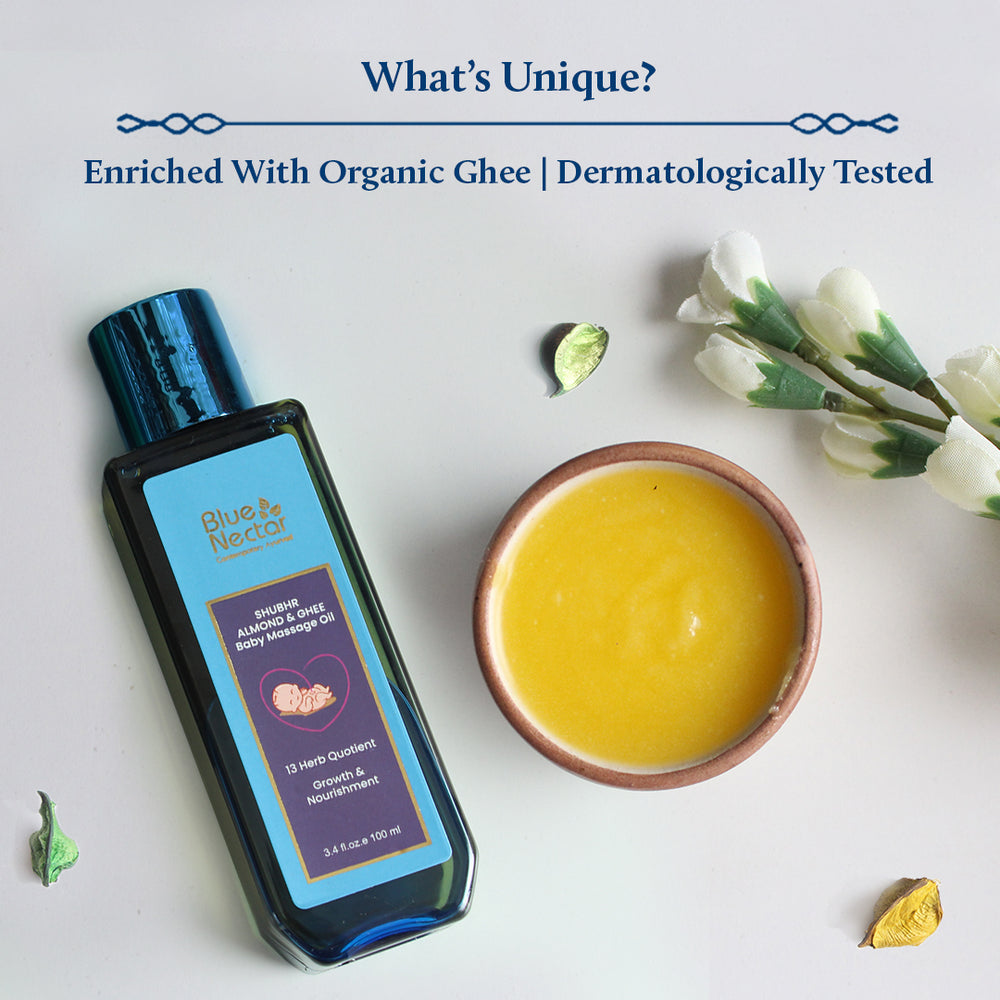

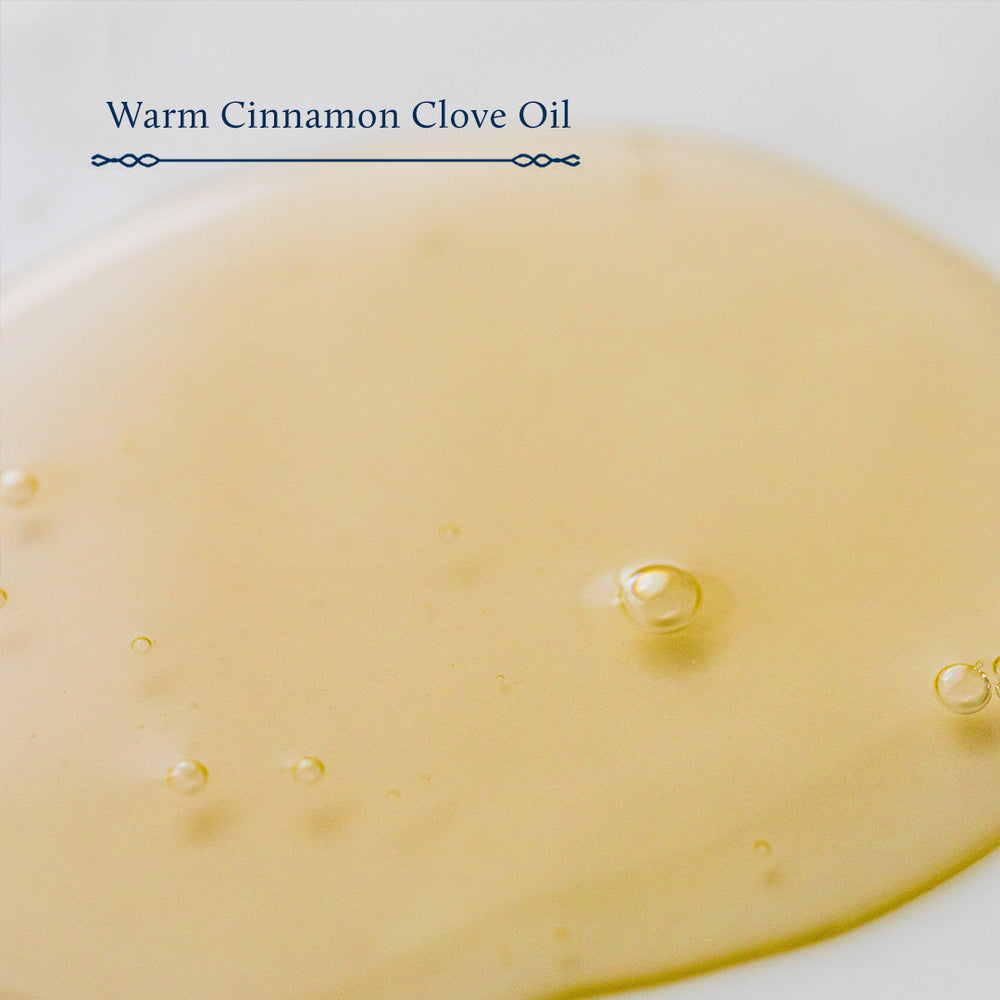
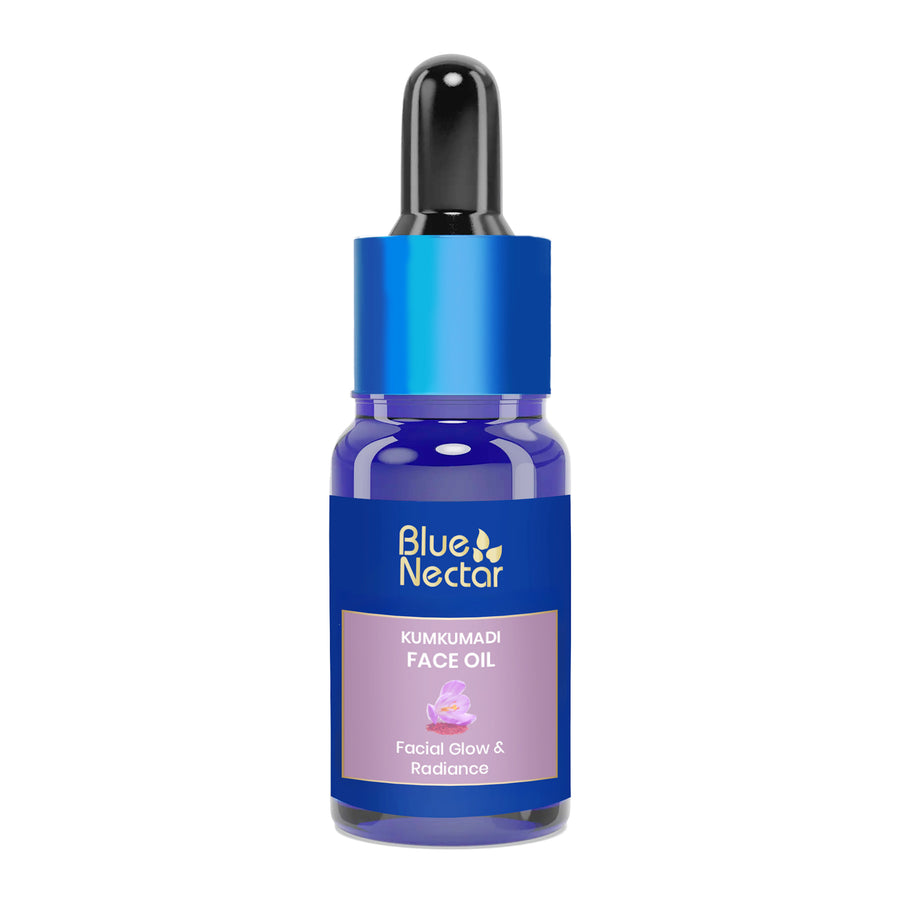
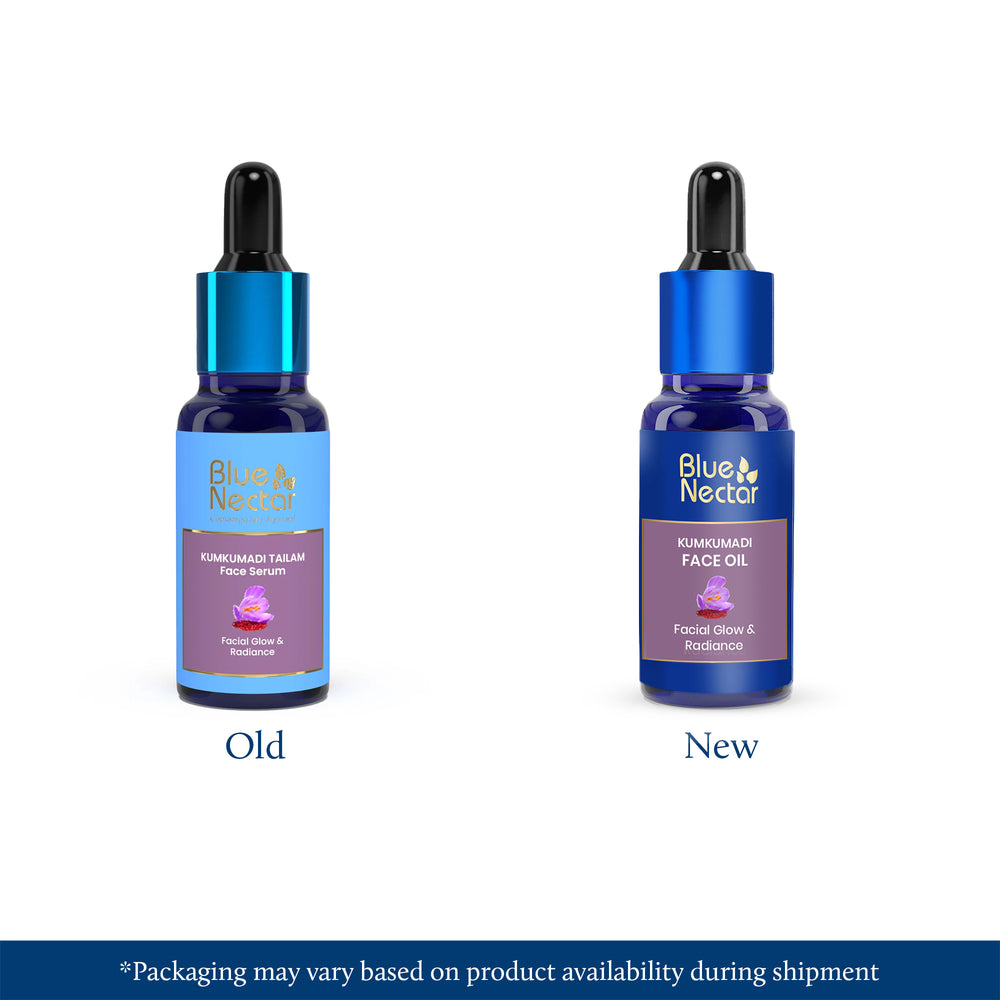


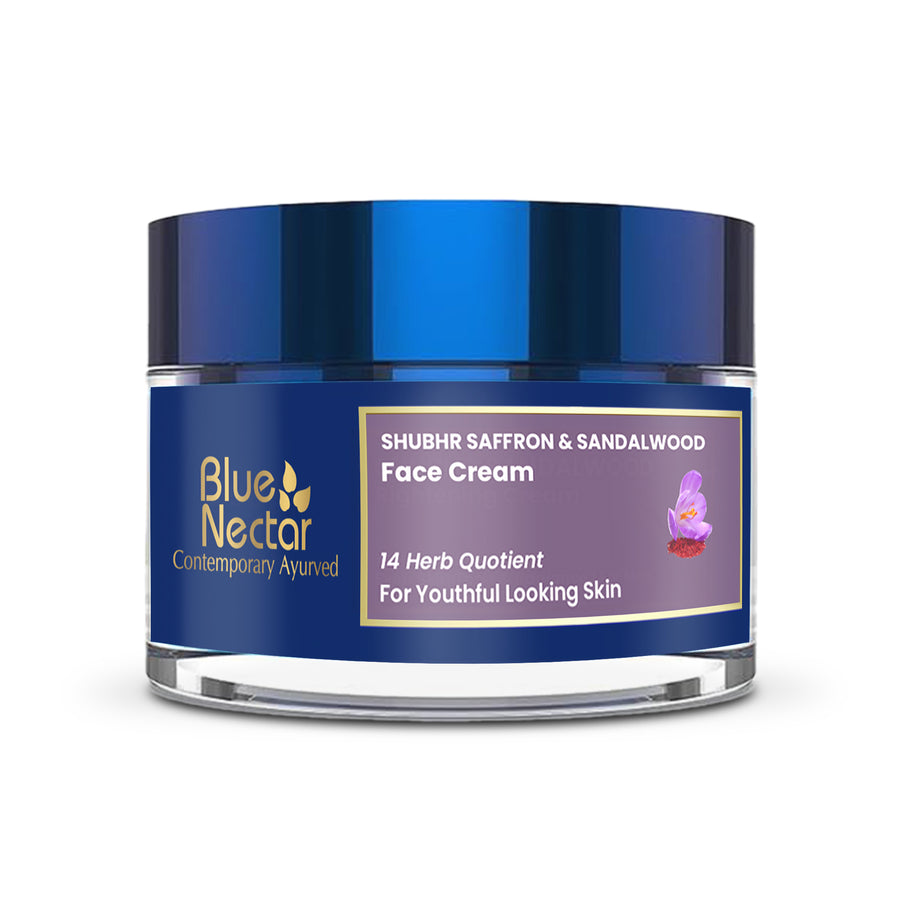
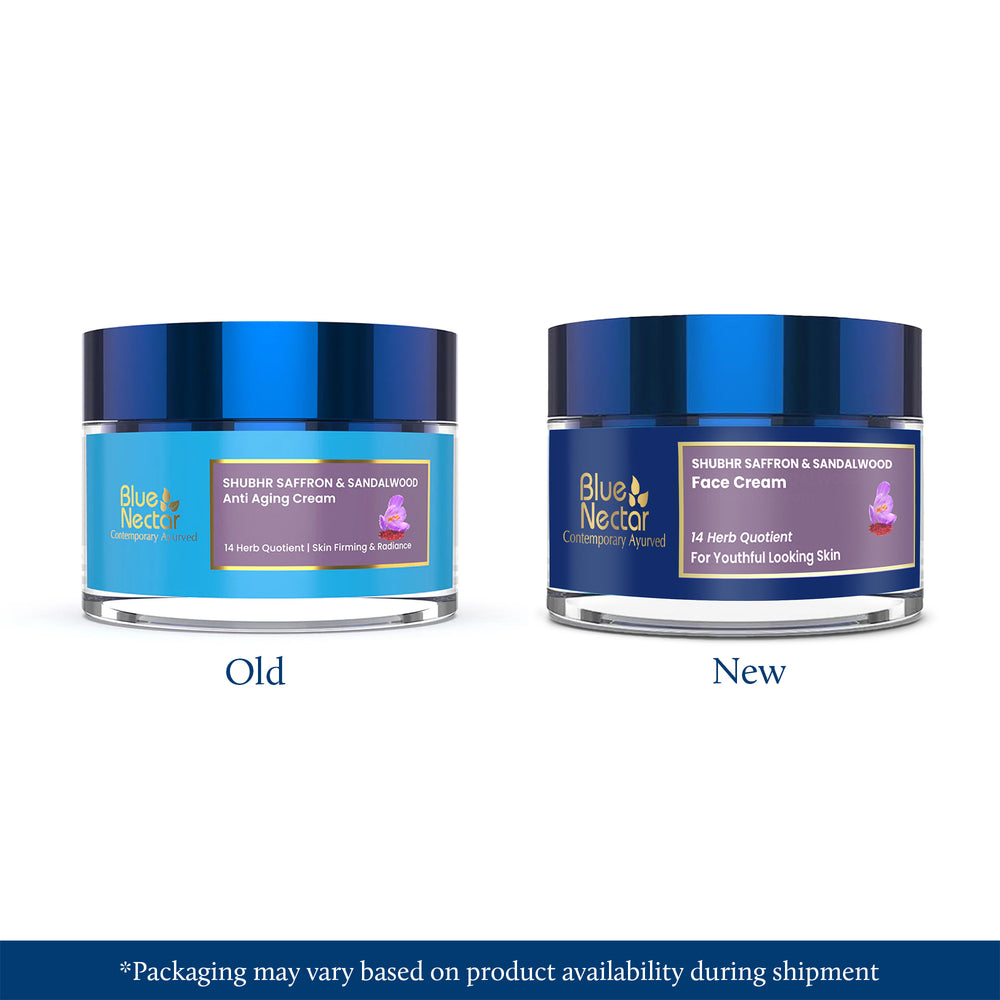
Leave a comment